Dual-fuel solution for Quebec ferries
Dual-fuel technology will allow Saguenay River ferries to switch from LNG to other fuels if required.
Wärtsilä, a leading solutions and services provider for the marine fuels industry, has announced that it will supply an integrated solution for two dual-fuel liquefied natural gas (LNG) Ro-Pax passenger ferries being built on behalf of Canadian ferry services provider Société des traversiers du Québec (STQ). The contract was issued in August by Chantier Davie Canada (Davie), Canada's largest shipyard, the builder of the two vessels.
For each of the two vessels, the contract includes the supply of Wärtsilä 20DF engines, the Wärtsilä LNGPac fuel storage and treatment system, Wärtsilä electrical power and automation systems, and Wärtsilä's Control & Communication Centre (3C), the integrated bridge control, navigation, and communication control system. Wärtsilä will also provide the yard with site management and commissioning services.
The Ro-Pax ferries will operate on LNG fuel, which offers notable environmental and economic benefits compared to conventional marine fuels. However, Wärtsilä's dual-fuel engine technology allows a seamless switch to other fuels should it be necessary.
Commenting on the news, Alan Bowen, CEO of Davie said: "Wärtsilä is a leader in LNG dual-fuel technology and we are very pleased to add the ferries to our working partnership with them, which presently extends across all construction programmes at Davie. As leaders in their respective fields, Davie and Wärtsilä are together able to provide the highest quality of products to a broad range of industries from passenger transportation to offshore oil & gas."
"Wärtsilä's extensive know-how and experience in developing dual-fuel technologies, together with our systems integration capabilities, brings significant added value to customers seeking environmental compliance with operating cost reductions. By being able to offer a total solutions offering and integration support to the shipyard, we can reduce scheduling risks while increasing efficiencies and lowering costs. Furthermore, our lifecycle support capabilities in Canada are first rate, and this will provide the needed operational reliability to the owners," remarked Magnus Miemois, Vice President Solutions, Wärtsilä Ship Power.
"These orders highlight the global emergence of LNG as a prime fuel for ferries, and prove the value of our dual-fuel system for the uninterrupted and safe transport of passengers, cars and rolling cargo," added Wärtsilä's Wilco van der Linden, head of business development for Merchant, Cruise and Ferry Solutions.
The two Ro-Pax double ended passenger ferries are each capable of accommodating 432 passengers and 8 crew members, and offer various capacity combinations for up to 115 car equivalent units or 16 tractor semi-trailers. They will operate throughout the year between Tadoussac and Baie-Sainte-Catherine on the Saguenay River in Québec, Canada and are scheduled to start service in 2015.
Image: M.V. Camille-Marcoux Ferry, operated by Société des traversiers du Québec
For each of the two vessels, the contract includes the supply of Wärtsilä 20DF engines, the Wärtsilä LNGPac fuel storage and treatment system, Wärtsilä electrical power and automation systems, and Wärtsilä's Control & Communication Centre (3C), the integrated bridge control, navigation, and communication control system. Wärtsilä will also provide the yard with site management and commissioning services.
The Ro-Pax ferries will operate on LNG fuel, which offers notable environmental and economic benefits compared to conventional marine fuels. However, Wärtsilä's dual-fuel engine technology allows a seamless switch to other fuels should it be necessary.
Commenting on the news, Alan Bowen, CEO of Davie said: "Wärtsilä is a leader in LNG dual-fuel technology and we are very pleased to add the ferries to our working partnership with them, which presently extends across all construction programmes at Davie. As leaders in their respective fields, Davie and Wärtsilä are together able to provide the highest quality of products to a broad range of industries from passenger transportation to offshore oil & gas."
"Wärtsilä's extensive know-how and experience in developing dual-fuel technologies, together with our systems integration capabilities, brings significant added value to customers seeking environmental compliance with operating cost reductions. By being able to offer a total solutions offering and integration support to the shipyard, we can reduce scheduling risks while increasing efficiencies and lowering costs. Furthermore, our lifecycle support capabilities in Canada are first rate, and this will provide the needed operational reliability to the owners," remarked Magnus Miemois, Vice President Solutions, Wärtsilä Ship Power.
"These orders highlight the global emergence of LNG as a prime fuel for ferries, and prove the value of our dual-fuel system for the uninterrupted and safe transport of passengers, cars and rolling cargo," added Wärtsilä's Wilco van der Linden, head of business development for Merchant, Cruise and Ferry Solutions.
The two Ro-Pax double ended passenger ferries are each capable of accommodating 432 passengers and 8 crew members, and offer various capacity combinations for up to 115 car equivalent units or 16 tractor semi-trailers. They will operate throughout the year between Tadoussac and Baie-Sainte-Catherine on the Saguenay River in Québec, Canada and are scheduled to start service in 2015.
Image: M.V. Camille-Marcoux Ferry, operated by Société des traversiers du Québec
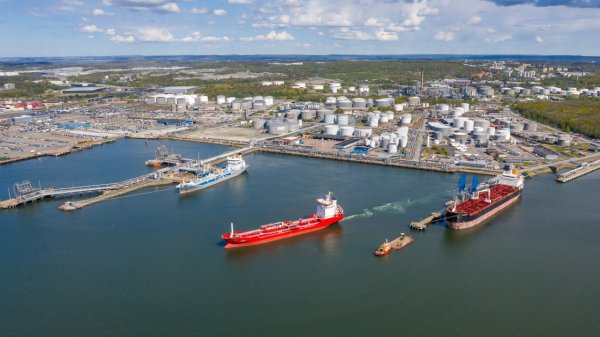
|
Swedish biomethane bunkered in Gothenburg
Test delivery performed by St1 and St1 Biokraft, who aim to become large-scale suppliers. |
|
|
|
||
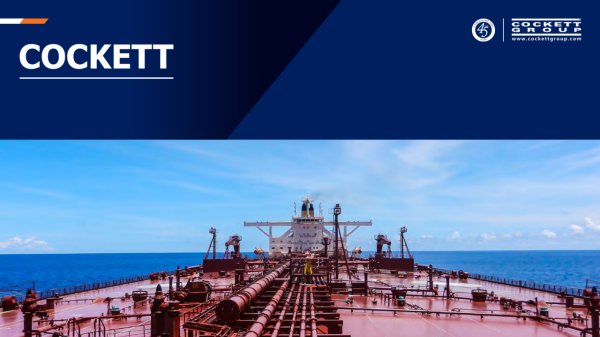
|
Cockett to be closed down after 45 years
End of an era as shareholders make decision based on 'non-core nature' of Cockett's business. |
|
|
|
||
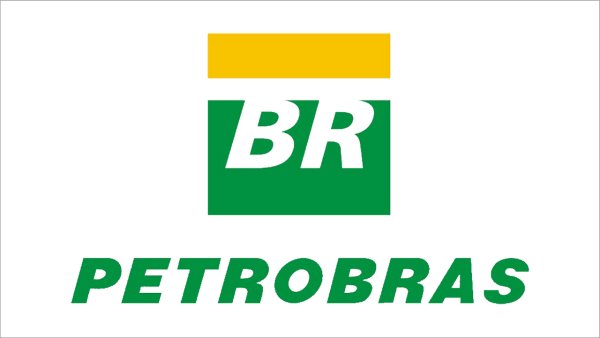
|
Petrobras confirms prompt availability of VLS B24 at Rio Grande
Lead time for barge deliveries currently five days. |
|
|
|
||
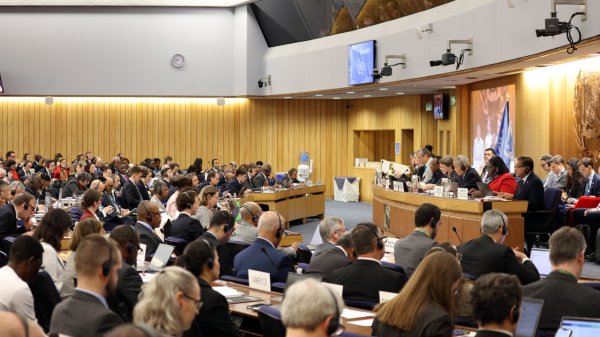
|
IMO approves pricing mechanism based on GHG intensity thresholds
Charges to be levied on ships that do not meet yearly GHG fuel intensity reduction targets. |
|
|
|
||

|
VARO Energy expands renewable portfolio with Preem acquisition
All-cash transaction expected to complete in the latter half of 2025. |
|
|
|
||

|
NYK trials biofuel in milestone coal carrier test
Vessel is used to test biofuel for domestic utility company. |
|
|
|
||
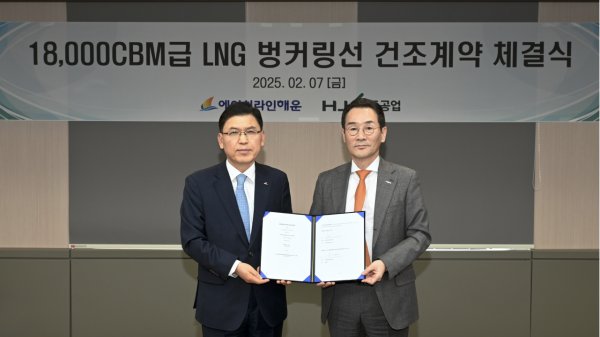
|
H-Line Shipping orders LNG bunkering vessel
Vessel with 18,000-cbm capacity to run on both LNG and MDO. |
|
|
|
||
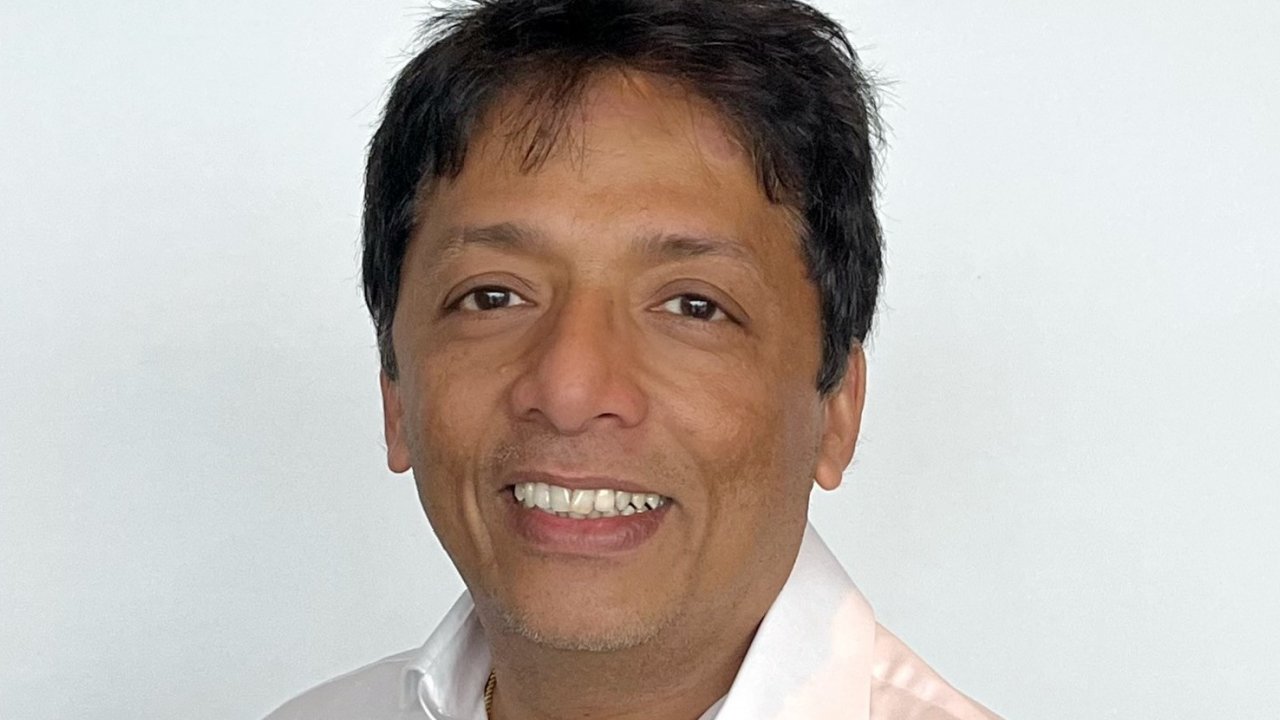
|
How to engineer and manage green shipping fuels | Stanley George, VPS
Effective management strategies and insights for evolving fuel use. |
|
|
|
||

|
Swedish government bans scrubber wastewater discharges
Discharges from open-loop scrubbers to be prohibited in Swedish waters from July 2025. |
|
|
|
||
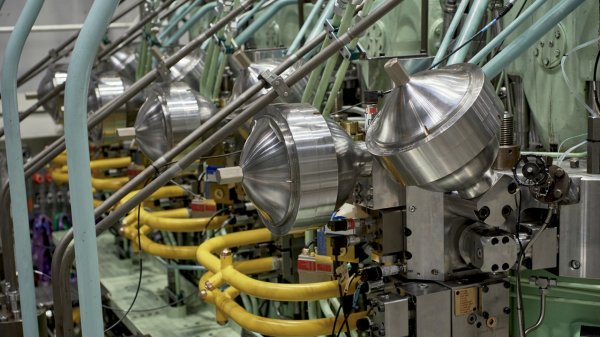
|
MAN Energy Solutions achieves 100% load milestone for ammonia engine
Latest tests validate fuel injection system throughout the entire load curve. |
|
|
|
||
Related Links
- · Propulsion order for first LNG-fuelled ferry in North America [Insights]
- · Fuel-saving propulsion for Gulf of St. Lawrence ferry [Insights]
- · Eco-program results revealed [Insights]
- · Canada aligns emissions measures with the US [Insights]
- · Environmental cooperation agreement signed in Canada [Insights]
- · ECA and LNG are key topics at Canada meeting [Insights]
- · Canada [Directory]

